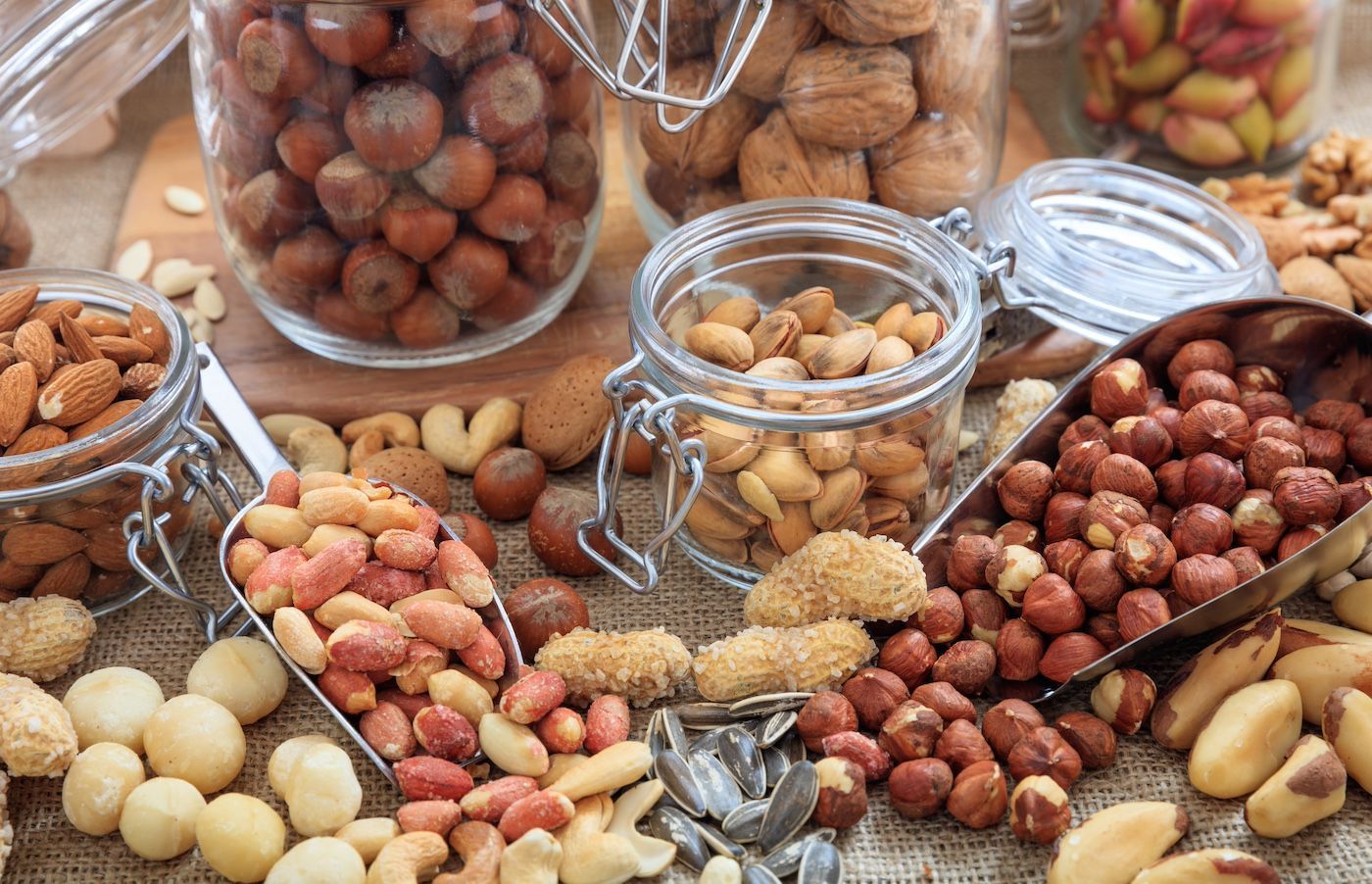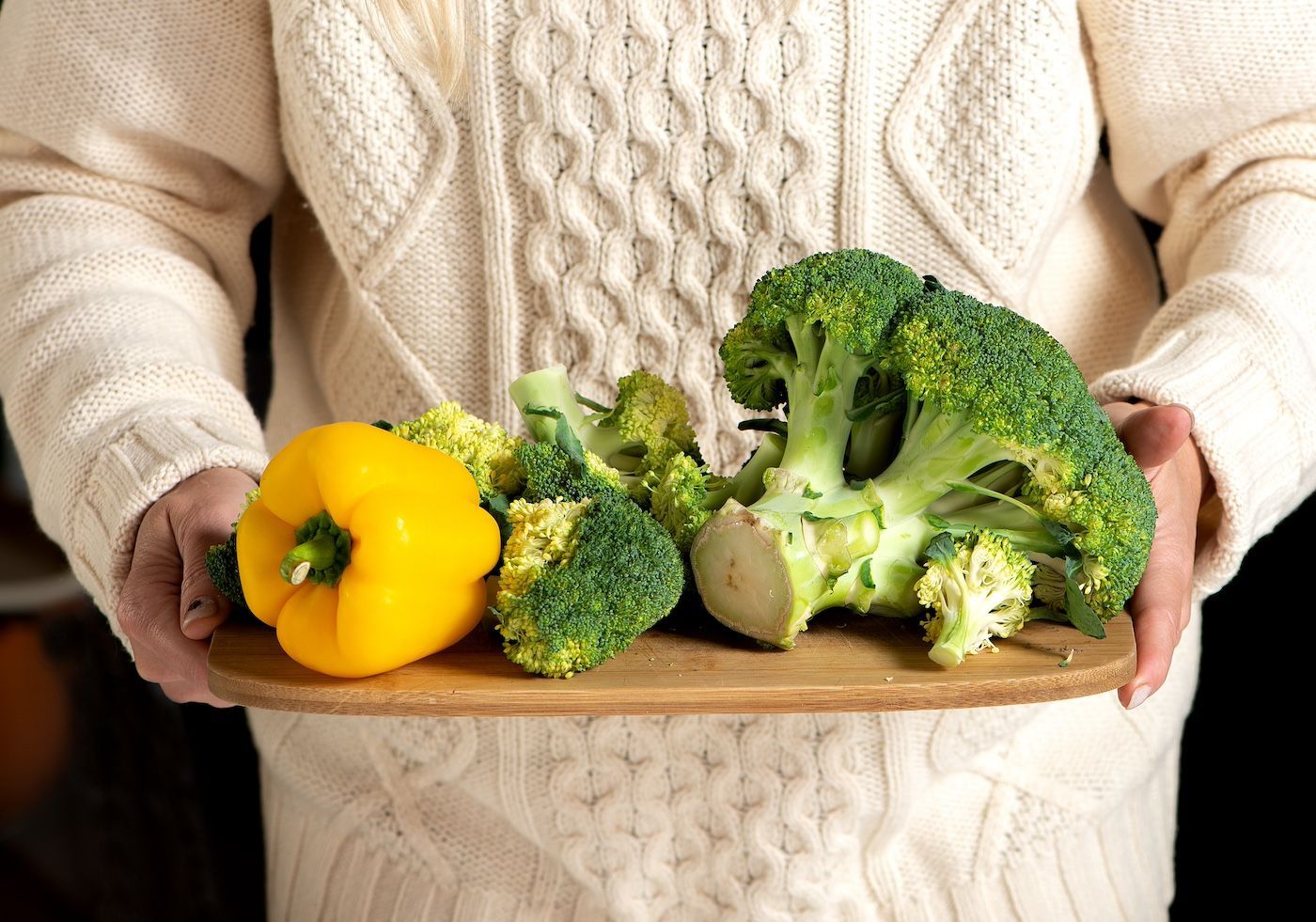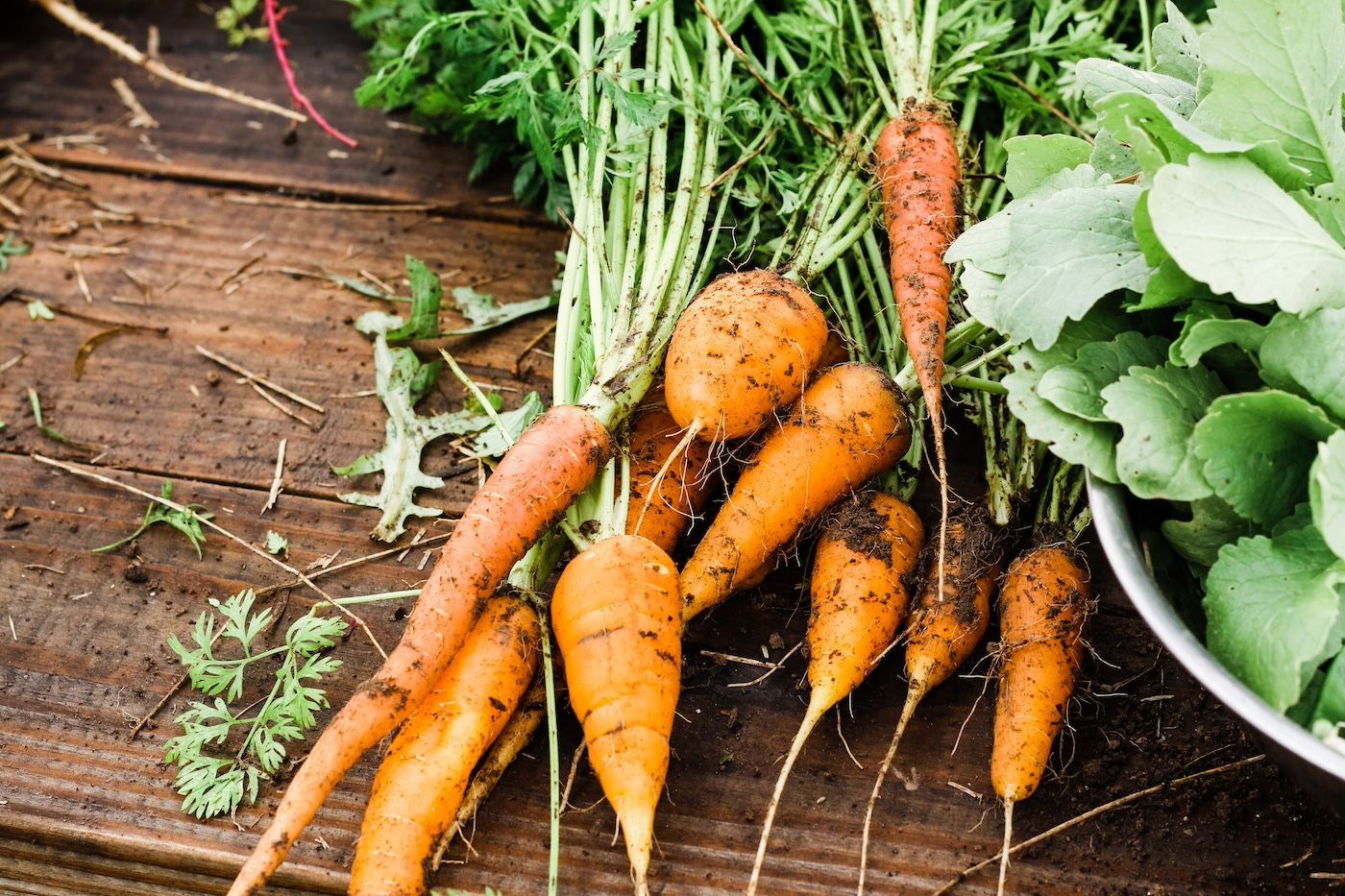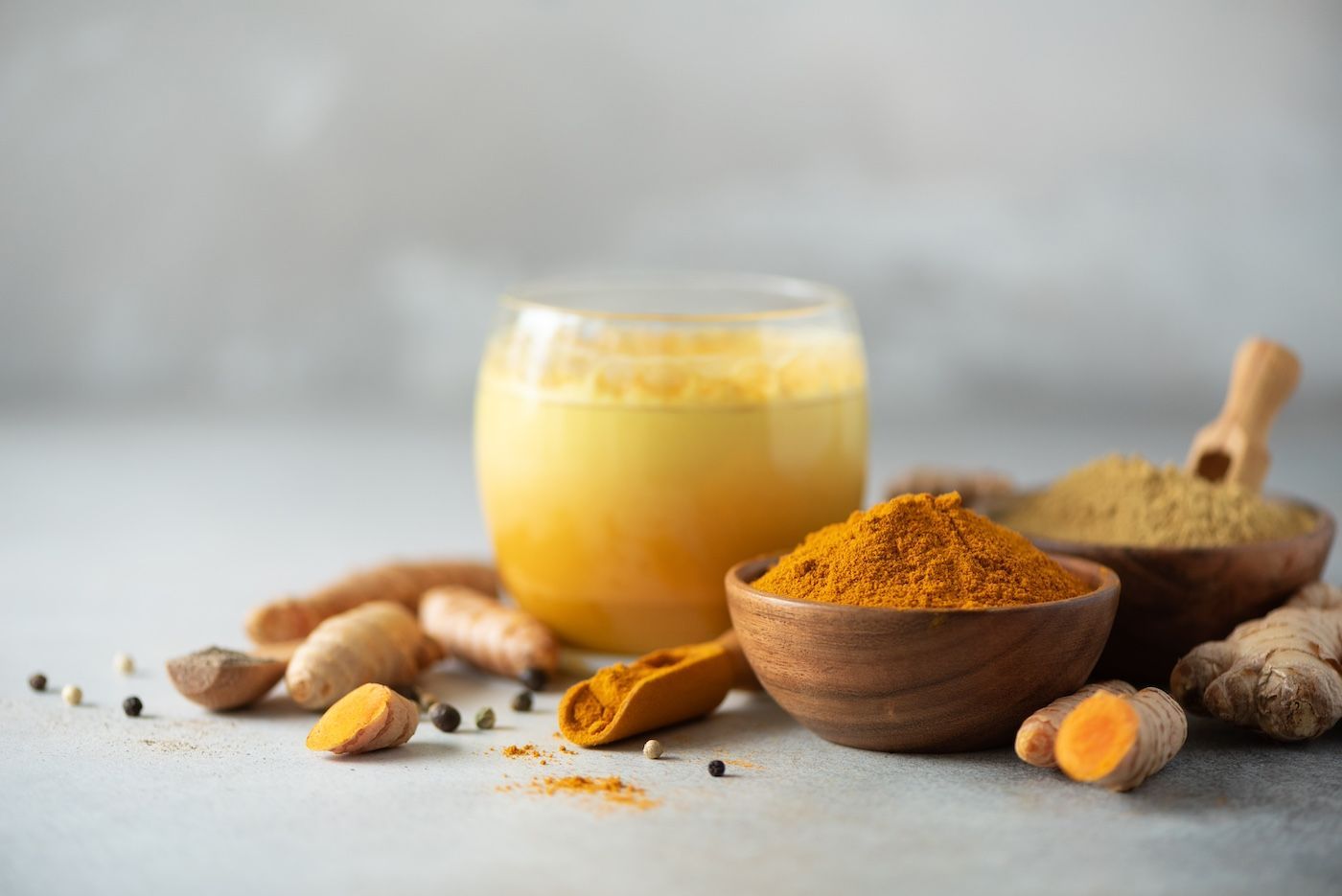Chews Your Health
Sage
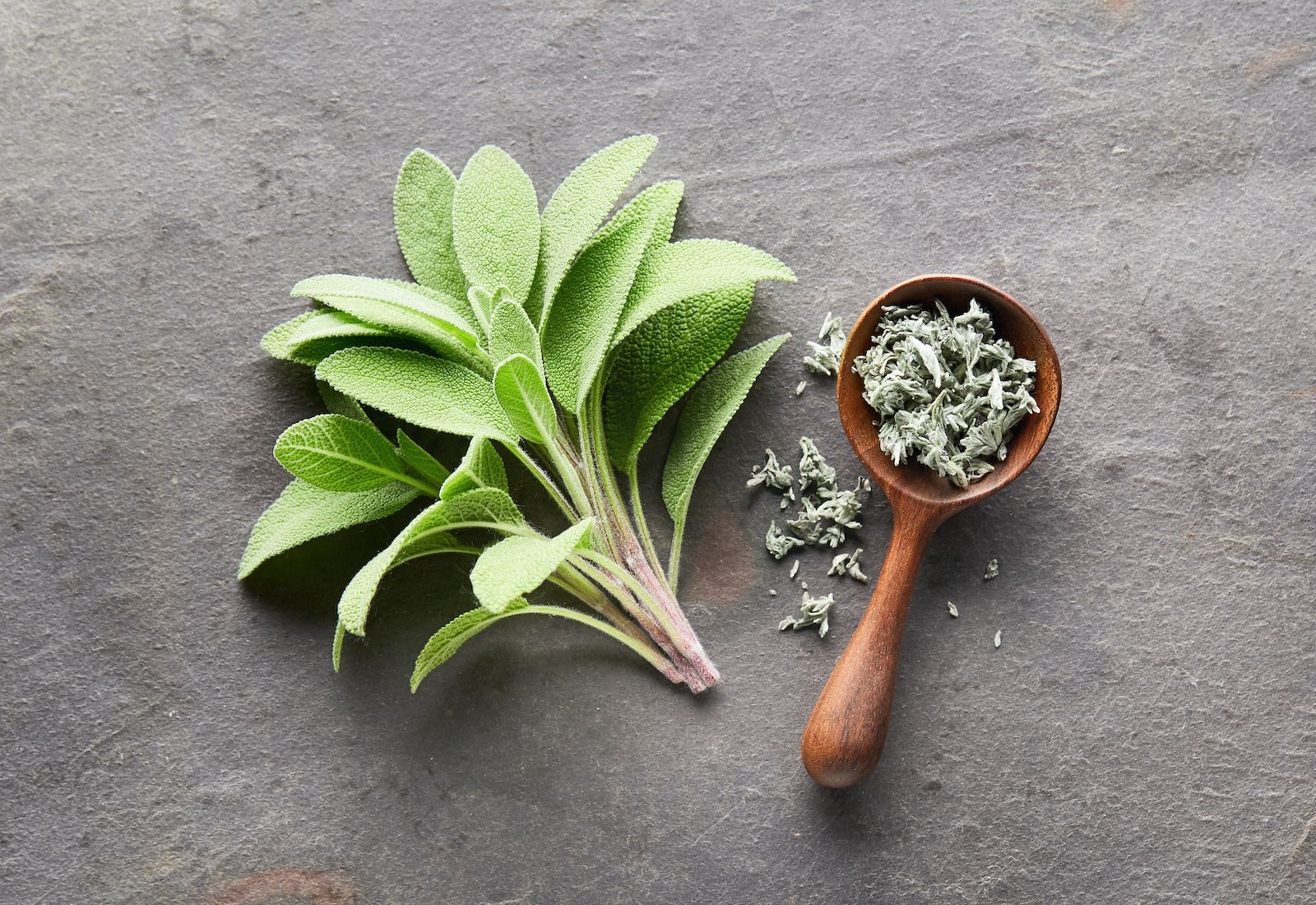
Sage is an annual herb that is in season from May to mid November in Missouri. It has soft, gray/green leaves and has a savory taste.
Health Benefits
Antioxidant power: rosmarinic acid (a polyphenol) is easily absorbed in the digestive tract and reduces inflammation.
Flavonoids, phenolic acids, and enzymes in sage work together to decrease oxidative (damage) to cells.
Recommended for those with inflammatory issues such as arthritis, bronchial asthma, and atherosclerosis (hardening and narrowing of the arteries).
Memory enhancement: studies have shown increase in cognitive function and recall. Use of sage is also being studied as a therapeutic treatment for Alzheimer’s.
Digestive health: sage can help treat bloating, diarrhea, heartburn, and stomach pain.
Sage essential oil is used as an antifungal, antimicrobial, antioxidant, antiseptic, anti-inflammatory, antibacterial, disinfectant, laxative and stimulating substance. It can also assist in treatment of dermatitis, herpes, psoriasis asthma, and bronchitis, and sciatic nerve pain, and promote mental focus.
SELECTION & STORAGE
Sage is available in most markets in dried or fresh form (organic and fresh is best!).
Select fresh sage that does not have bruising, yellowing, or signs of rot.
Store fresh sage by wrapping leaves in a slightly damp paper towel in a plastic bag for 5-7 days.
Store dried sage in an airtight glass container in a cool, dark environment for up to 6 months.
How to Use
Sage is a wonderful aromatic herb to use in colder months. Use as a rub along with salt and pepper for red and white meat and fish.
Use in vegetable side dishes with squash, tomatoes, beans, olives, etc.
Dry fresh sage and cup finely to make tea for sore throats.
Make sage butter to use with pasta (like gnocchi) or with chicken.
Dab sage essential oil to pressure points to improve mood, add to bath water for sore joints.

